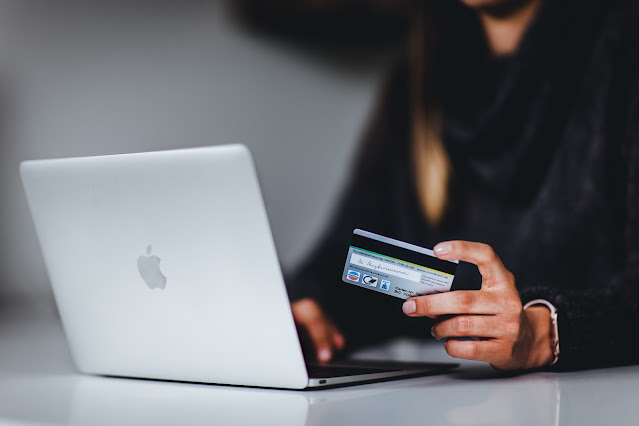 |
| Photo by Pickawood on Unsplash |
Not all marketing strategies deliver the same rates of returns. Omnichannel marketing outperforms single channel at the rate of 2.5x.
To get to that, it’s not enough to build an easy-to-navigate eCommerce site supported by marketing campaigns that reach out to them on various channels. All those components have to be integrated to work together through an omnichannel strategy.
The ROI of Omnichannel Marketing
The returns of omnichannel marketing over single channel are quite impressive, according to the data offered on Clickz:
Engagement rate: 18.96% on omnichannel vs 5.4% on single-channel
Purchase frequency: 250% higher on omnichannel vs single-channel
Average order value: 13% more per order on omnichannel vs single-channel
Customer retention rates: 90% higher for omnichannel vs single-channel
In a survey by HBR (Harvard Business Review), 73% of respondents said they use multiple channels during their shopping journey. That includes email, SMS, MMS, social media, as well as searches on the site.
The challenge for retailers is maintaining coherent and consistent communication that makes the most of the different ways of connecting. A Facebook or Instagram ad may be what first grabs the customer’s attention, though they may need some follow up to convert to the level of putting together a shopping cart with an email or MMS message that offers personalized recommendations.
So why do we call this omni and not just multichannel?
Multichannel marketing is simply messaging that a brand uses across various channels to try to increase its reach. In contrast, omnichannel marketing is not just about sending the messaging out across the different channels but linking up the data on feedback on each one back to the customer to personalize the experience through responsive adaption.
Customer interests are not static but constantly changing as they respond to contextual triggers. Brands that utilize omnichannel use big data analytics to update customer data and adapt each message that goes out accordingly. An omnichannel approach adapts to such shift to make marketing messages as relevant as possible.
Timely texts
Emails remain an important marketing tool for all businesses, especially eCommerce. However, widespread smartphone use makes texts a very effective way to get attention, as they work off a device many people keep at hand for most of their waking hours.
Text messages the perfect medium for sending time-sensitive information. That includes:
Announcement of new product drops, especially if one of the benefits you offer SMS subscribers is early access to what’s new.
Promotions for same-day flash sales, particularly if they are set for certain times like noon to three.
Notification that something they wanted to order is now back in stock or is now on sale.
An urgent notice that their selections in a cart they abandoned are in danger of selling out.
Channeling Success with Targeted Communication
Targeted messaging is much more effective than generic messaging. The basis of that communication is identifying customer segments, and it can get even more relevant with personalization with product offerings and promotions selected specifically for that customer’s interests.
No matter how responsive your customers are to emails or texts, it’s important to remember that a single channel does not fit all customers under all circumstances. You need to adapt to the needs and context of the moment to deliver the right message through the right medium..
For example, you could have a customer who has subscribed to both emails and texts. Even though sending an SMS is fast and easy, it's not an appropriate medium for longer messages. You also can use both channels for reminders say of an upcoming promotion or a price drop on something they have looked at but didn't end up adding to cart or that they added it to the cart but failed to complete the transaction.
On that basis, you can get the right offer to the right person at the right time, and through the right channel.
Related:





